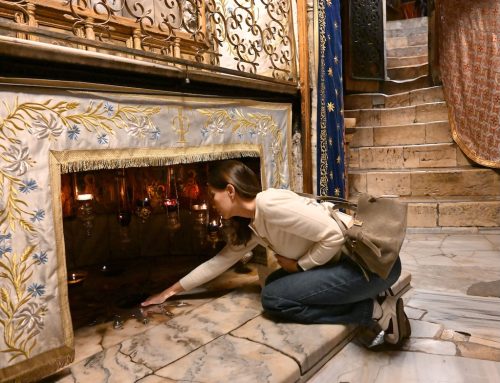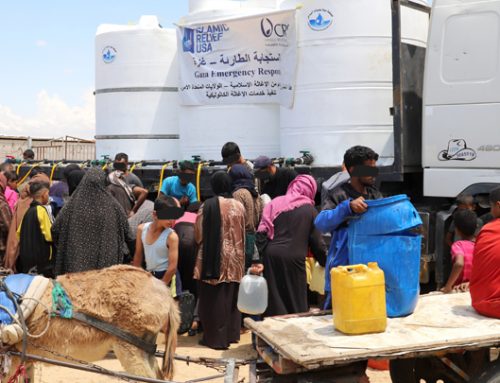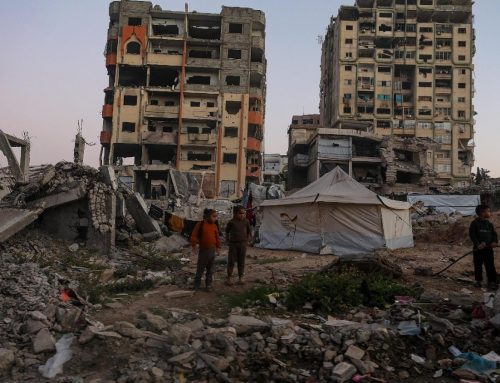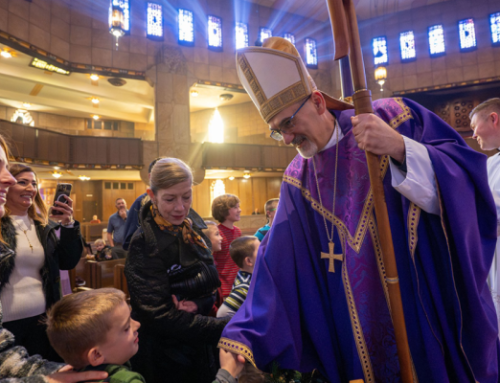Minya – The pandemic crisis which is also hitting the Egyptian population does not stop the initiatives put in place by local and national political authorities to encourage the intensification of pilgrimages along the so-called “Way of the Holy Family”, the itinerary which unites places crossed according to millenary traditions by Mary, Joseph and Baby Jesus when they found refuge in Egypt to escape from the violence of Herod. In recent days, General Osama al Qadi, governor of the Province of Minya, announced the start of works to improve the access routes to the historic areas affected by the itinerary that are in the territories he manages. Starting from the area where the Church of the Holy Virgin is located in Jabal al-Tayr, considered one of the most beautiful in Egypt. The Egyptian authorities explicitly aim to enhance that place, traditionally linked to the permanence of the Holy Family in Egypt as a destination for international pilgrimages. Mohamed Sayed, mayor of the city of Samalut, was among the others who attended the operational meeting to plan the next works to upgrade local infrastructure as well as engineer Adel al Jundi, general director of international relations with the Tourism Development Authority and coordinator of the project to relaunch the path of the Holy Family.
For some time now, as documented by Fides (see Fides, 19/9/2018), the Egyptian authorities have been committed to promoting the “Way of the Holy Family” also in tourism, which in its largest version touches 25 places, scattered in as many as 8 governorates. During the General Audience on Wednesday, October 4, (see Fides 5/10/2017) Pope Francis welcomed the large Egyptian delegation who were in Rome to promote pilgrimages along the “The Way of Holy Family”, in collaboration with L ‘Opera Romana Pellegrinaggi, institution of the Vicariate of Rome, organ of the Holy See.
Initiatives have also been put in place by the Egyptian authorities to include the “Way” of the Holy Family on the list of sites recognized as “World Heritage” by UNESCO.
Source: Agenzia Fides






